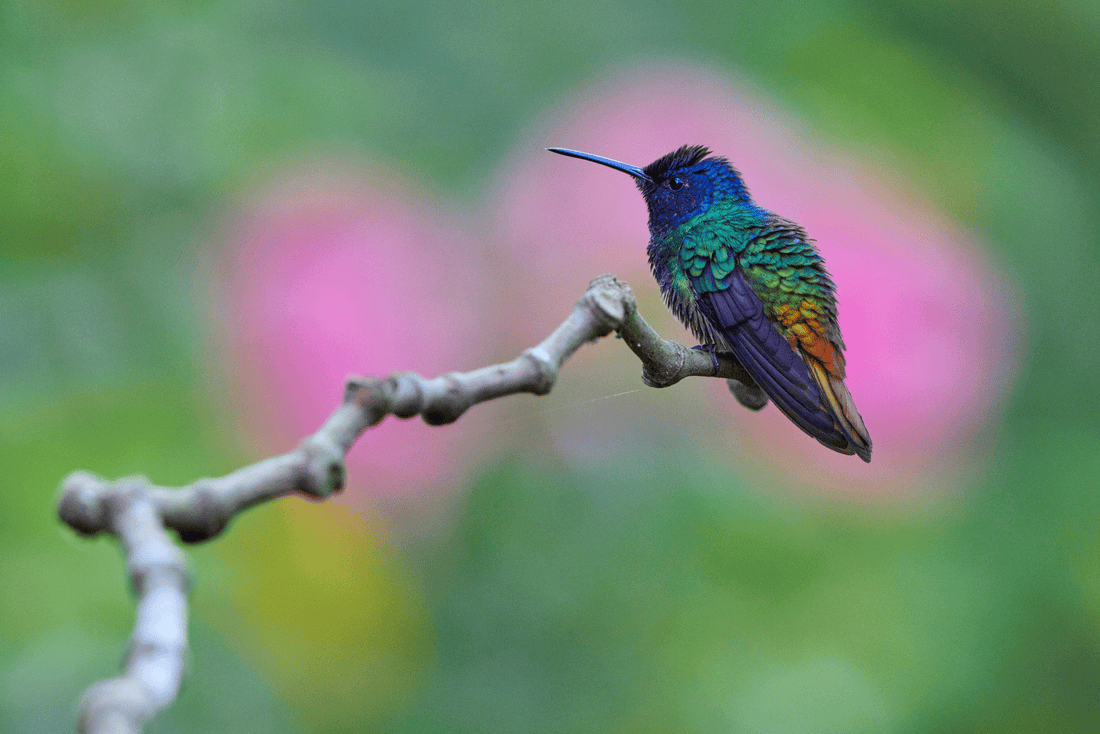
How to Protect Hummingbirds from Predators
Share
1. Introduction
Hummingbirds are among nature's most enchanting creatures, captivating us with their aerial acrobatics and vibrant plumage. However, their small size makes them vulnerable to various predators, both natural and domestic. By implementing a few protective measures, we can ensure the safety of these beautiful birds and enhance our enjoyment of their presence.
2. Understanding the Predators
2.1 Natural Predators
In their natural habitats, hummingbirds face threats from a range of predators, including larger birds such as hawks, falcons, and jays. These predators see hummingbirds as potential prey due to their small size and high energy needs. Snakes, lizards, and even spiders can also pose a threat to hummingbirds, especially when they build their nests in trees or shrubs.
2.2 Domestic Predators
Apart from natural predators, domestic pets like cats and dogs can also pose a danger to hummingbirds. Cats, in particular, have a strong hunting instinct and can cause significant harm to these delicate birds.
3. Creating a Safe Habitat
3.1 Providing Shelter
One way to protect hummingbirds from predators is to provide them with ample shelter. Planting trees, shrubs, and dense vegetation in your garden creates natural hiding spots and makes it difficult for predators to locate hummingbird nests. Additionally, consider placing nesting materials like soft yarn or pet fur near hummingbird feeders, which can help them build more secure nests.
3.2 Planting Protective Vegetation
Certain plants can act as natural deterrents for predators. Choose species that have thorny branches or produce sticky sap, as these can discourage climbing predators. Creating a diverse garden with a variety of plants also attracts insects, which can serve as an additional food source for hummingbirds.
4. Installing Predator Deterrents
4.1 Bird Feeders and Perches
Installing hummingbird feeders at a safe height and away from trees and structures can help deter predators. Opt for feeders that have bee guards and ant moats to prevent other creatures from accessing the nectar. Additionally, place perches near the feeders, as these allow hummingbirds to rest and keep a vigilant eye for approaching threats.
4.2 Motion-Activated Sprinklers
Motion-activated sprinklers can be an effective way to deter predators from approaching hummingbird feeding areas. These sprinklers detect movement and emit a harmless burst of water, startling potential predators and discouraging them from coming near.
5. Maintaining Hygiene and Cleanliness
5.1 Regular Feeder Cleaning
Regularly clean hummingbird feeders to prevent the growth of mold, bacteria, or other contaminants that can harm the birds. Use a solution of one part white vinegar to four parts water and thoroughly rinse the feeder before refilling it with fresh nectar.
5.2 Removing Attractive Food Sources for Predators
Eliminating potential food sources for predators can reduce their presence in your garden. Avoid leaving pet food or birdseed in open areas, as these can attract unwanted predators. Properly store garbage and secure compost bins to prevent scavenging animals from being lured into your yard.
6. Educating and Spreading Awareness
To protect hummingbirds effectively, it is crucial to educate others about the importance of safeguarding these delightful birds. Share your knowledge with friends, family, and neighbors, and encourage them to implement similar measures in their gardens. By raising awareness about the threats hummingbirds face, we can foster a collective effort to protect them.
7. Conclusion
Hummingbirds bring a sense of wonder and beauty to our lives. By understanding the predators they face and implementing preventive measures, we can create a safe haven for these extraordinary creatures. From providing shelter and installing predator deterrents to maintaining cleanliness and spreading awareness, our collective efforts can go a long way in protecting hummingbirds from predators and ensuring their survival for generations to come.
